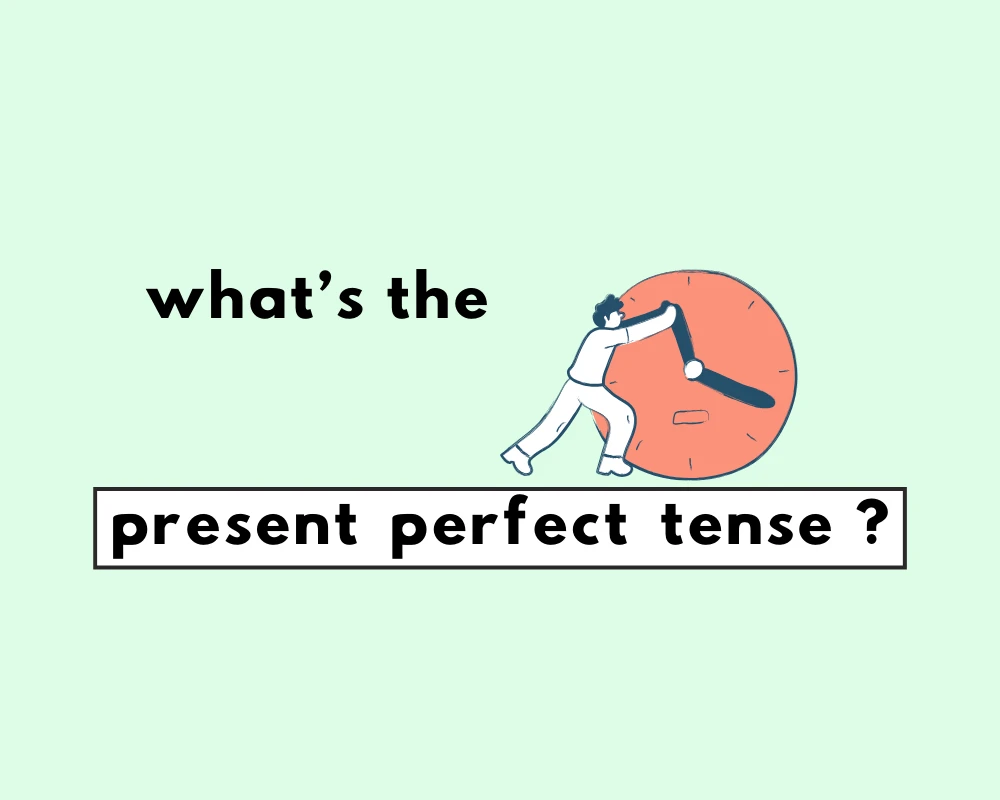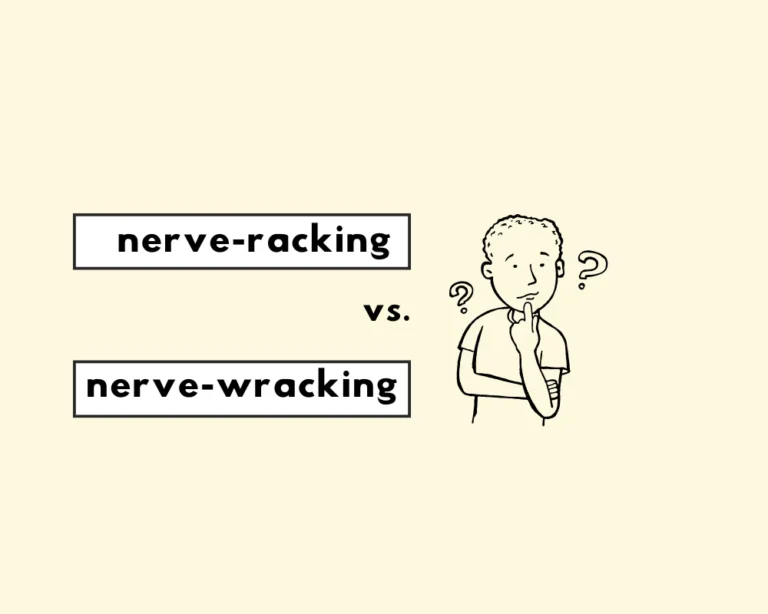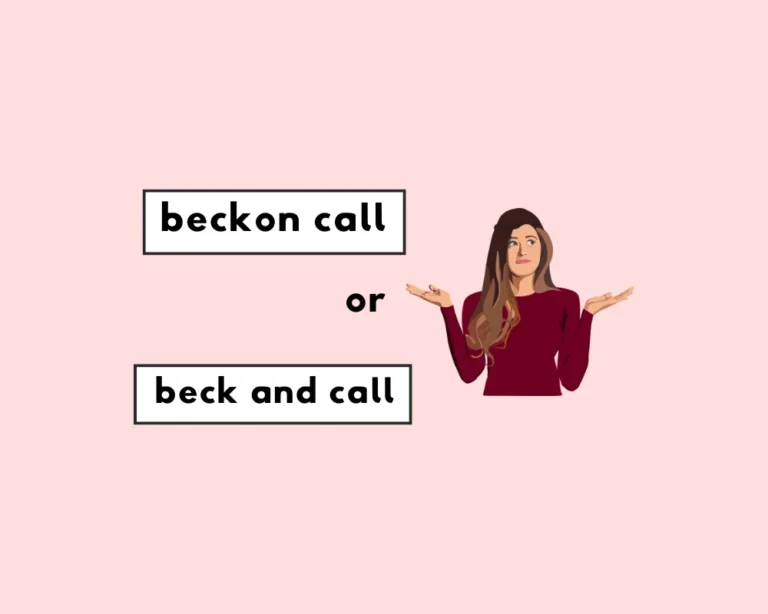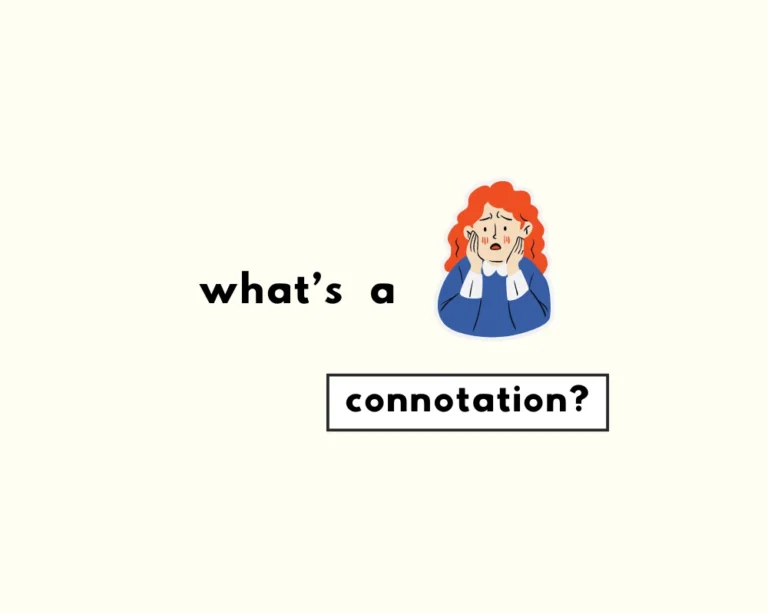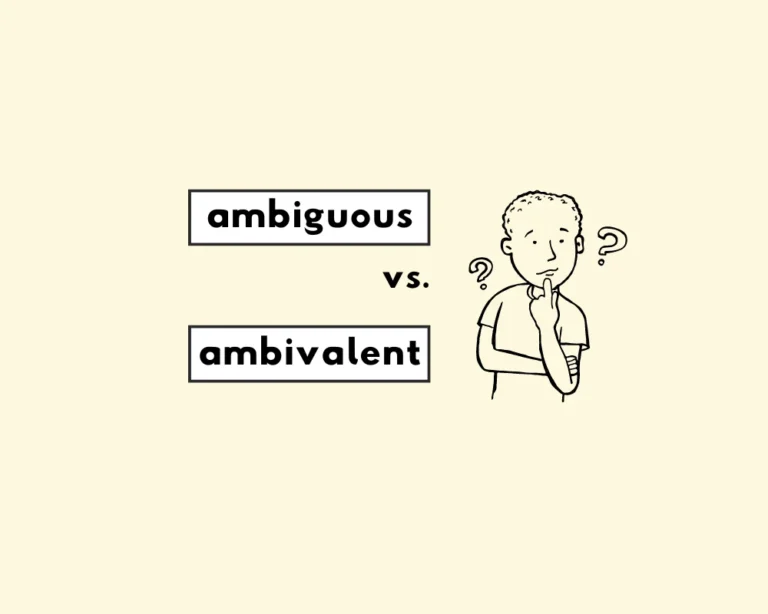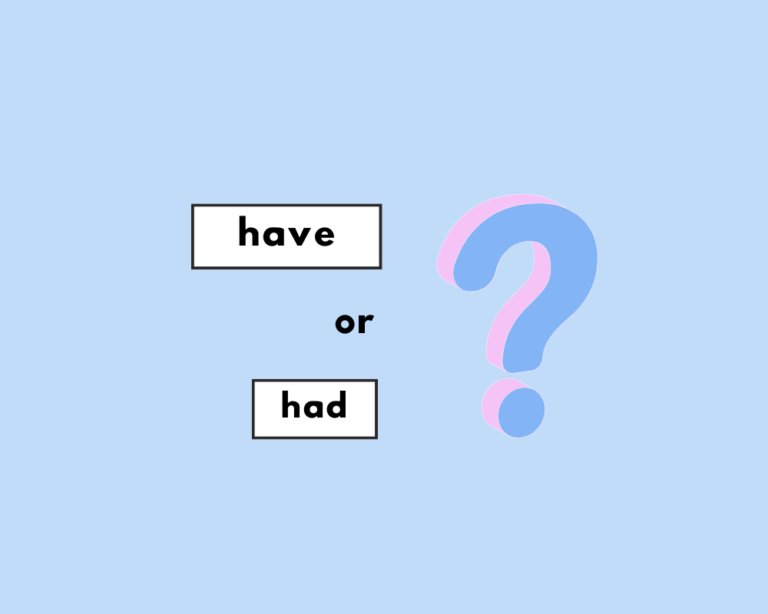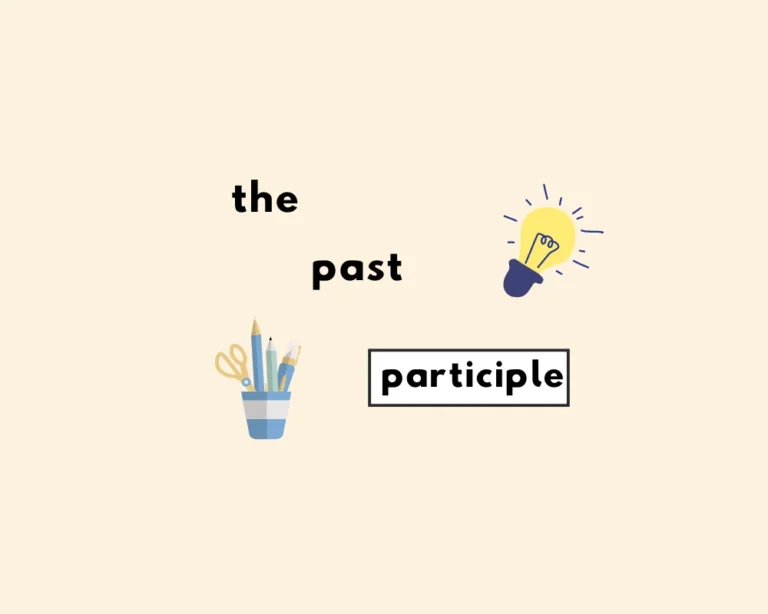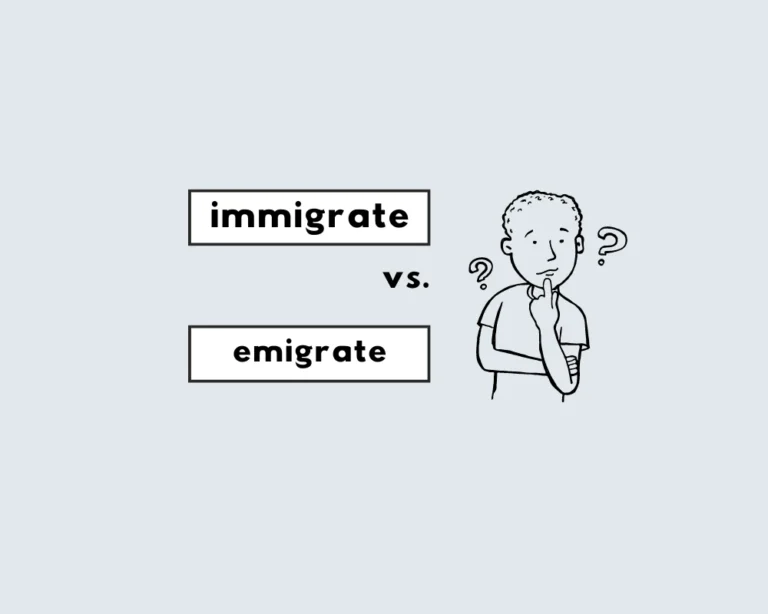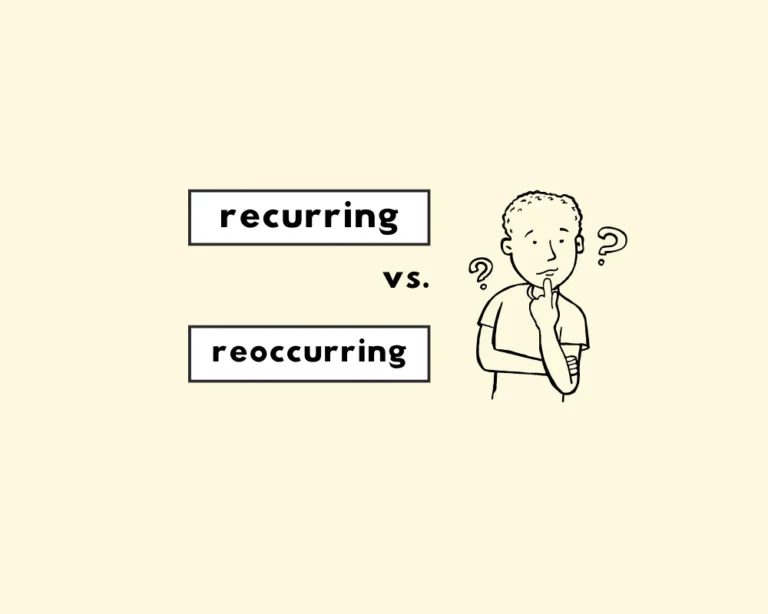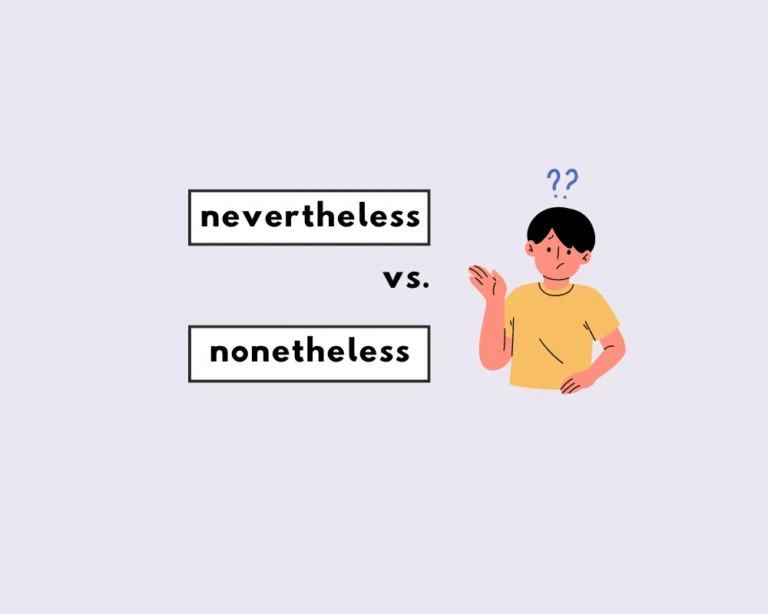Contents
Toggle
The present perfect tense
The present perfect tense is a form of the present tense that highlights the connection between the present and past. We use the present perfect tense to communicate when past actions have a connection to the present moment, or are still going on in the present, as in, “I have learned about the present perfect tense before!” That sentence uses the present perfect tense—is this making tense, sense?
Use the auxiliary verb have/has + past participle form of the verb [e.g., written] to create the present perfect tense. See these sentences in the present perfect tense:
- I’ve seen that movie.
- I have finished my work.
- She’s bought a new car.
- He has broken his leg.
- We’ve had some very hot weather.
Most sentence subjects will use the auxiliary have (e.g., you have, I have) to construct the present perfect tense. For the third-person singular (i.e., he, she and it) use the auxiliary has instead of have (e.g., she has, he has).
Keep in mind that with regular verb constructions, the past participle form of the verb ends in -ed (e.g., played, worked, studied). Irregular verbs will end in something other than -ed in their past participle forms (e.g., written, frozen, bitten).
When to use the present perfect tense
- Past actions or events that continue in the present (e.g., ”The professor has taught here for two decades”.)
- Actions that occurred during a period that is still on-going (e.g., “I’ve already eaten tacos for dinner twice this week!“)
- Repeated actions between the past and present (e.g., “I’ve eaten at this restaurant many times before“.)
- Recently completed actions (often used with just or now, e.g., ”I shouldn’t eat anything because I’ve just brushed my teeth!”)
- Actions where timing (when they occurred) is irrelevant (e.g., “Have you seen the film ‘The Godfather’?”)
- To emphasize change over time (e.g., “You’ve grown so much since I last saw you!“)
1. Past actions or events that continue in the present
We use the present perfect to depict actions that began before the present time but are still related to the present, as in:
- I’ve heard some great news!
- They have played piano since the age of three.
- We’ve lived in Toronto for over a decade.
2. Actions that occurred during a period that’s on-going
To describe something that’s been going on, and is still going on, as in:
- It’s rained all week.
- He’s worked all week.
- I’ve seen this show twice this week.
3. Repeated actions between the past and present
- I’ve visited Portugal many times before.
- You’ve done this many times already.
- We’ve eaten there tons of times before.
4. Recently completed actions (often used with just or now)
- We’ve just seen them!
- Have you just finished work?
- I have just finished practice now.
5. Actions where timing (when they occurred) is irrelevant
- I’ve read “Pride and Prejudice”.
- Someone has taken my book!
- I have studied French and Italian, and am fluent in both.
6. To emphasize change over time
- You’ve grown so much since I last saw you!
- I’ve become an expert at chess after months of practice.
- We have witnessed her maturation over the past number of years.
Read about nouns in grammar
- What are Common Nouns vs Proper Nouns?
- What are Collective Nouns? (Collective Nouns vs Mass Nouns)
- Plural Only Nouns (Explanation & Examples)
- Abstract Nouns vs Concrete Nouns Explained
- What are Possessive Nouns? (Formation of Possessive Nouns)

